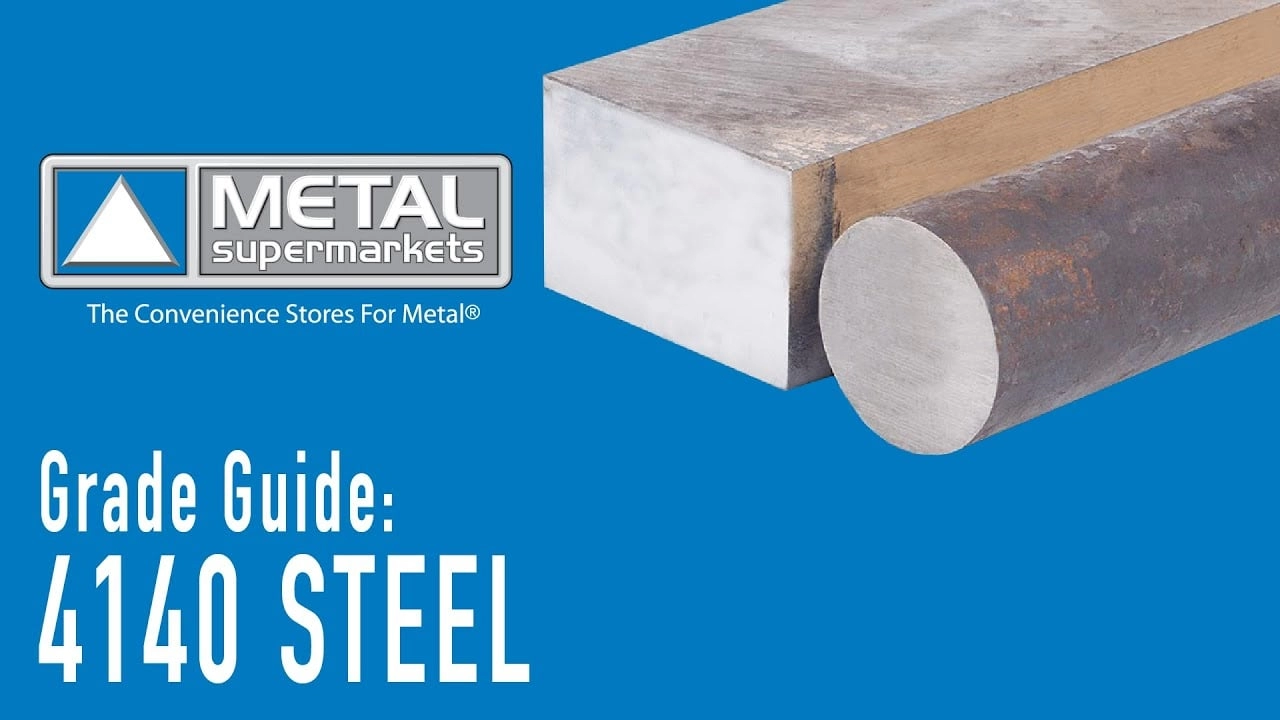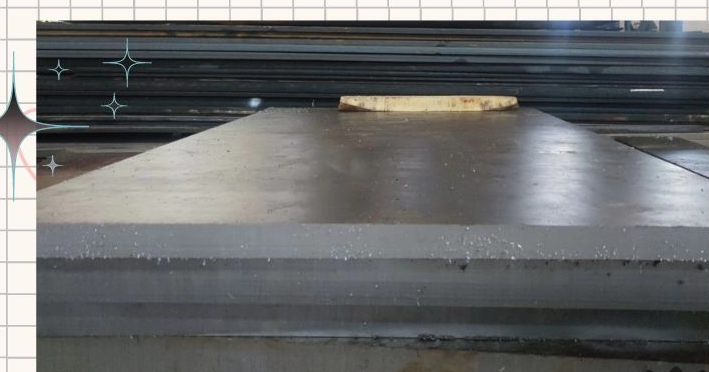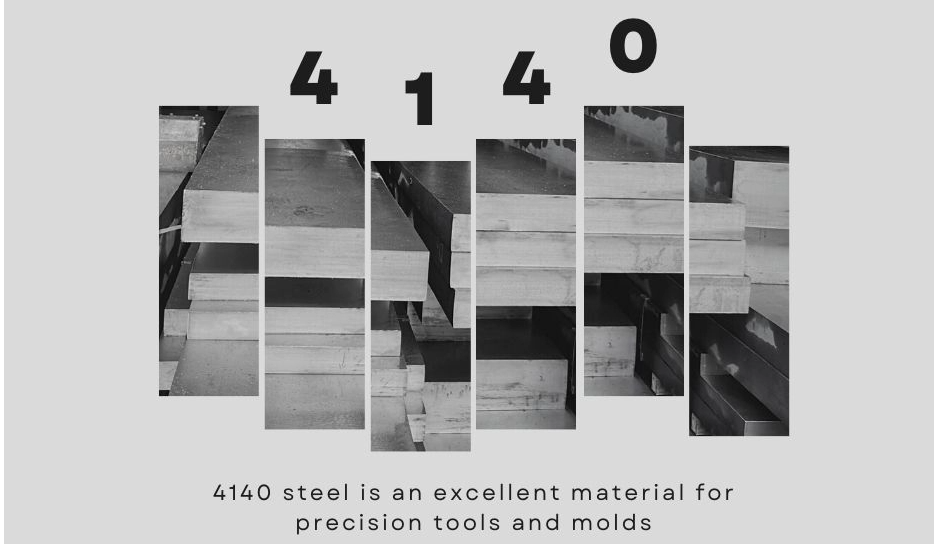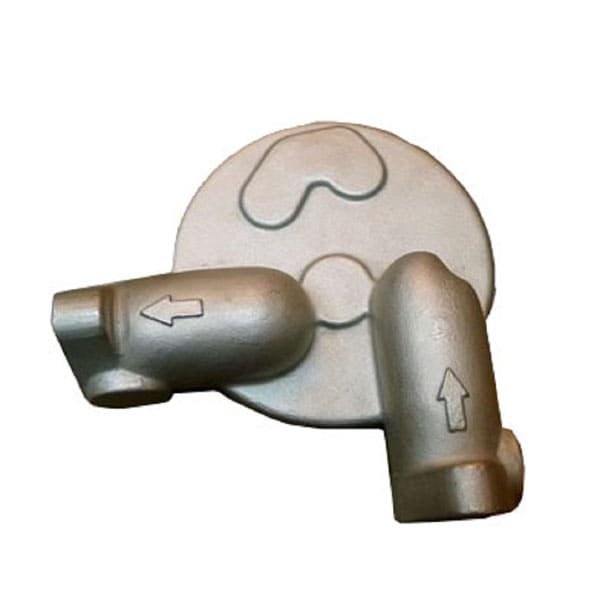Discover the truth about 4140 stainless steel its properties uses and how it compares to real stainless steels for machining and industrial applications.
You’ve probably seen 4140 stainless steel mentioned in forums, supplier catalogs, or machining conversations—and wondered, “Is it really stainless?” Spoiler alert: it’s not. That little detail trips up a lot of engineers, hobbyists, and buyers who expect corrosion resistance like true stainless grades.
In this quick guide, we’ll clear the air on what 4140 steel actually is, break down its key properties, and help you decide when it’s the right—or wrong—choice for your project. If you’ve been caught off guard by the “stainless” label, you’re in the right place to set the record straight and find smart, practical alternatives. Let’s get started.
Debunking the Myth Why 4140 Is Not Stainless Steel
You might have heard people call 4140 “stainless steel,” but that’s not correct—and here’s why. To be considered stainless steel, an alloy must have at least 10.5% chromium. This chromium level creates a thin, tough oxide layer on the surface that protects against rust and corrosion.
4140 steel, or AISI 4140, is actually a low-alloy steel often called chromoly steel because it contains chromium and molybdenum, but its chromium content only ranges between 0.8% and 1.1%—far below the stainless steel cutoff. It’s classified as a Cr-Mo alloy steel, focused more on strength and toughness than corrosion resistance.
Many confuse 4140 with stainless steel mainly due to a few reasons:
- Machining comparisons: 4140 is often compared with popular stainless grades like 304 because they are both commonly used in tough environments, but their compositions and corrosion behaviors are very different.
- Supplier mislabeling: Sometimes vendors or non-experts mistakenly label 4140 as stainless because of its shiny finish or similar handling characteristics.
Here’s a quick look at chromium content and corrosion resistance, so you can see the difference:
| Steel Grade | Chromium % | Corrosion Resistance |
|---|---|---|
| 4140 | 0.8 – 1.1 | Moderate, not stainless |
| 304 Stainless | 18 – 20 | Excellent, highly corrosion resistant |
| 316 Stainless | 16 – 18 | Excellent, better for marine/wet conditions |
Despite not being stainless steel, 4140 offers incredible strength, hardness, and toughness. That’s why it shines in demanding applications where corrosion resistance isn’t the top priority but durability is.
Chemical Composition and Key Properties of 4140 Steel
4140 steel is known for its balanced mix of elements that give it strength and toughness. Here’s a quick look at its chemical composition:
| Element | Content (%) | Role |
|---|---|---|
| Carbon (C) | 0.38-0.43 | Increases hardness and strength |
| Chromium (Cr) | 0.8-1.1 | Improves hardenability and wear resistance |
| Molybdenum (Mo) | 0.15-0.25 | Adds toughness and resists impact |
| Manganese (Mn) | 0.75-1.0 | Boosts strength and hardenability |
| Silicon (Si) | 0.15-0.35 | Helps with strength and elasticity |
Mechanical Properties
- Tensile strength: Around 95 ksi in annealed state; with heat treatment, it can reach up to 150 ksi.
- Yield strength: Strong enough for heavy-duty use in heat-treated form.
- Hardness: Rockwell C scale ranges typically from 28 to 32, depending on heat treatment.
- Fatigue resistance: Excellent for parts undergoing repeated stress.
Heat Treatment Effects
Heat treatment plays a big role in 4140 steel’s final properties:
- Annealed: Softer and easier to machine, but lower strength.
- Quenched and tempered: Much stronger and harder, but a bit tougher to machine.
Environmental Resistance
- 4140 steel offers moderate corrosion resistance in dry indoor environments.
- In wet or marine settings, it tends to rust unless properly coated or treated, making it less ideal compared to stainless steels.
This mix of elements and properties makes 4140 steel a versatile alloy, especially favored for high-strength applications where corrosion is not the primary concern.
Common Applications and Industries for 4140 Steel

4140 steel is a go-to material across several demanding industries thanks to its strength and toughness. In automotive, it’s widely used for axles, crankshafts, and gears—all parts that handle high stress and need to last. You’ll find 4140 in aerospace and oil & gas sectors too, especially in bolts, fittings, and drill collars where durability under pressure is critical.
Manufacturing and tooling also rely heavily on 4140 for making dies, fixtures, and spindles. Its balance of hardness and toughness makes it ideal for heavy-duty tooling applications.
A great real-world example is racing components, where 4140 is favored for parts that require both lightweight strength and resilience. Midwest machining shops and US-based manufacturers commonly stock and work with 4140 steel, reinforcing its position as a trusted local choice for high-performance projects.
Machining and Fabrication Guide for 4140 Steel

When working with 4140 steel, knowing the right tools and speeds makes all the difference. Compared to stainless steel, 4140 machines better but still needs care. Use carbide tools for best results, and run at slower feed rates than mild steel to avoid overheating and tool wear.
Common Machining Challenges
- Work-hardening: 4140 can harden quickly if you take heavy cuts. To prevent this, use light, steady cuts and avoid pausing over the workpiece.
- Tool breakage: Sharp tools and consistent speed help reduce breakage. Many machinists suggest keeping the cutting area clear to avoid built-up edge.
Welding and Forming Tips
- Preheat: Before welding, preheat 4140 steel to around 300-400°F to reduce cracking risks.
- Filler metals: Use compatible filler rods like ER80S-D2 to maintain strength and toughness.
Pro Tips for Beginners
- Always wear safety glasses and gloves.
- Double-check tool sharpness before starting.
- Start with practice cuts on scrap 4140 steel.
- Keep coolant flowing to manage heat buildup.
- Follow your machine’s speed and feed charts for alloy steels.
Getting the machining right with 4140 steel unlocks its full potential in tough, high-stress applications.
4140 Steel vs Stainless Steel A Head-to-Head Comparison

| Property | 4140 Steel | 304 Stainless Steel | 440C Stainless Steel |
|---|---|---|---|
| Tensile Strength | 95-150 ksi | ~75-85 ksi | 90-105 ksi |
| Corrosion Resistance | Moderate (low) | High (due to 18-20% Cr) | Moderate-High |
| Cost per Pound | $1 – $2 | $2.50 – $3.50 | $3 – $4 |
| Machinability | Good (annealed) | Moderate (work hardens) | Difficult (hardness) |
When to Choose 4140 SteelHigh-wear parts that don’t face heavy corrosion, like gears, shafts, or axles
Applications needing strong toughness and fatigue resistance under stress
Situations where heat treatment options improve strength and hardnessIf Corrosion Resistance Is KeyChoose 304 stainless steel for general corrosion resistance and ease of fabrication
Opt for 316 stainless steel when you need better marine or chemical resistance
Consider 4340 alloy steel if you want a balance of strength with some corrosion resistanceVisual
A quick glance shows 4140 steel shines in strength and cost-efficiency for demanding mechanical uses, while stainless steels lead in corrosion protection but come at a higher price and more machining challenges. For local shops in the US, picking between 4140 and stainless often depends on the environment and performance needs of the part.
Sourcing High-Quality 4140 Steel What to Look For
When buying 4140 steel, quality matters a lot, especially for demanding projects. Here’s what to check before you buy:
- Certifications: Make sure the steel meets ASTM A29 or A331 standards. Always ask for mill test reports (MTRs) to verify chemical makeup and mechanical properties.
- Available Forms: 4140 steel comes in rounds, plates, bars, and various sizes and finishes. Choose what fits your machining or fabrication needs.
- Cost Factors: Prices usually range between $1 to $2 per pound, depending on quantity. Buying in volume often leads to discounts, so plan accordingly.
- Trusted Supplier: We recommend VastPCC as a reliable US supplier. They stock quality 4140 steel, offer custom cuts, and provide fast shipping nationwide.
For accurate quotes and quick delivery, contact VastPCC today and get the right 4140 steel for your job.
FAQs Answering Top Questions on 4140 Steel
Can 4140 steel rust?
Yes, 4140 steel can rust because it doesn’t meet the minimum chromium content of 10.5% needed to be classified as stainless steel. It has moderate corrosion resistance in dry environments but will corrode if exposed to moisture or harsh conditions without proper protection.
Is 4140 steel magnetic?
Yes, 4140 is magnetic since it is a low-alloy steel with a primarily ferritic microstructure. This magnetic property makes it easy to detect and sort in many manufacturing processes.
How does 4140 compare to 1045 steel?
4140 offers better hardness, tensile strength, and toughness than 1045 thanks to its chromium and molybdenum content. It’s preferred for high-stress applications, while 1045 is easier to machine but less wear-resistant.
Can 4140 be welded easily?
Welding 4140 requires preheating and post-weld heat treatment to avoid cracking due to its hardenability. Using compatible filler metals is also important. Proper preparation ensures strong joints.
Is 4140 suitable for outdoor use?
Unless coated or painted, 4140 is not ideal for prolonged outdoor exposure because it lacks sufficient corrosion resistance for wet or marine environments. Consider stainless or treated steel for such cases.
What heat treatment options does 4140 have?
4140 responds well to annealing, quenching, and tempering. Annealed 4140 is easier to machine, while quenched and tempered offers higher strength and hardness, making it versatile for different applications.
Where is 4140 steel commonly used?
You’ll find 4140 in automotive parts like axles and gears, aerospace components, oil and gas fittings, and tooling equipment. Its balance of strength and toughness suits demanding US manufacturing sectors.
For a detailed overview of the chemical makeup and mechanical properties of 4140 steel, check our section on 4140 steel properties.

